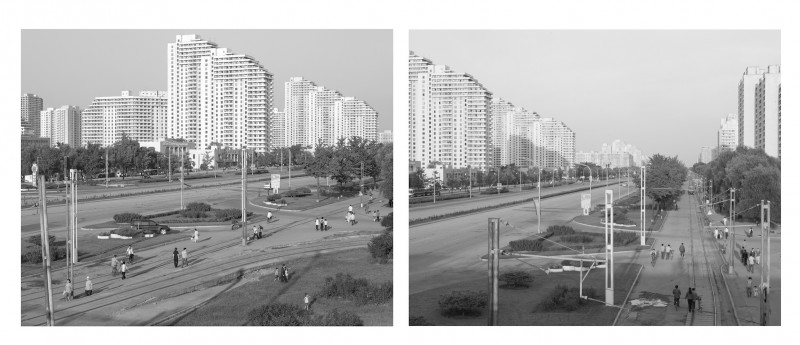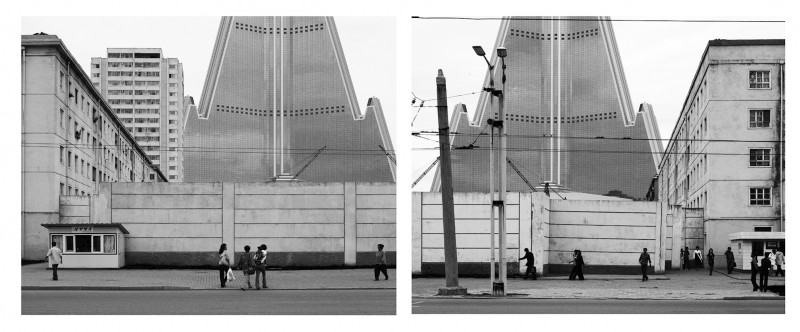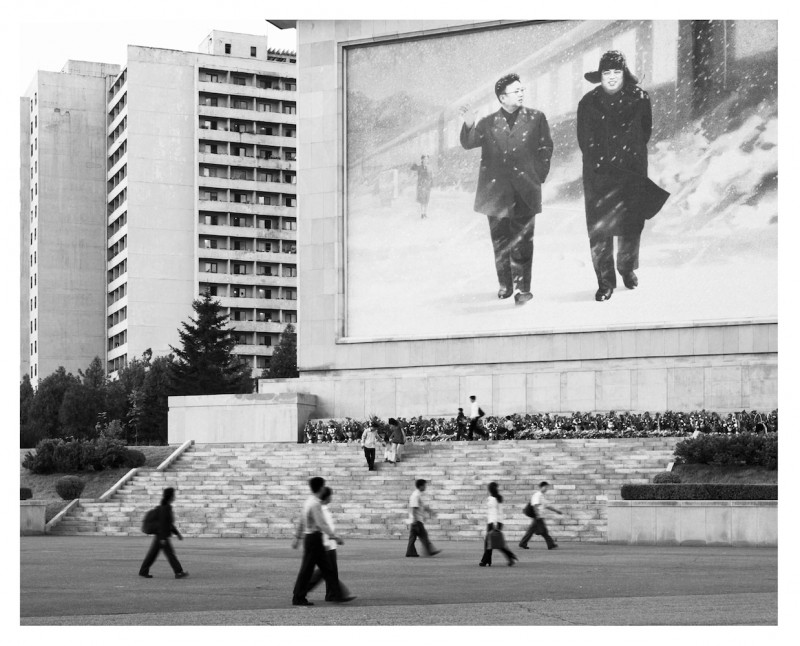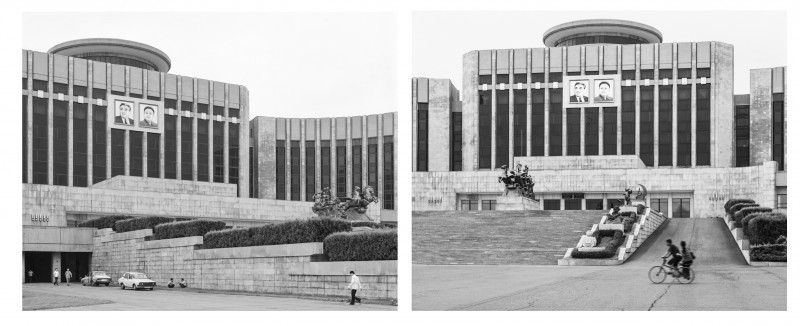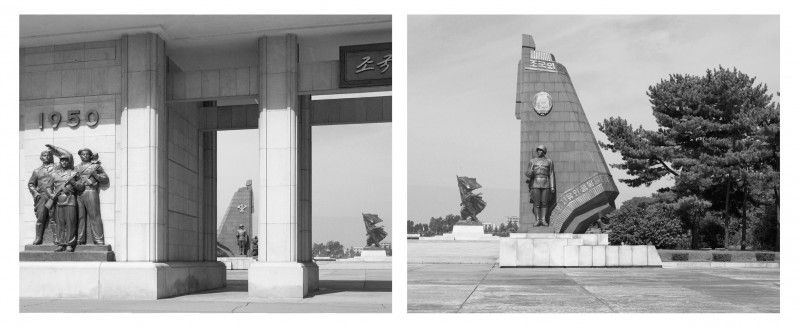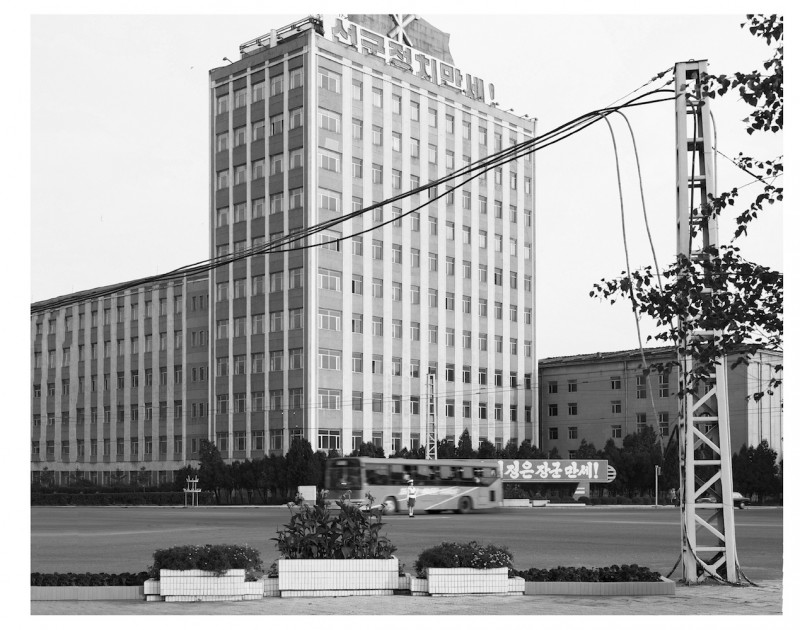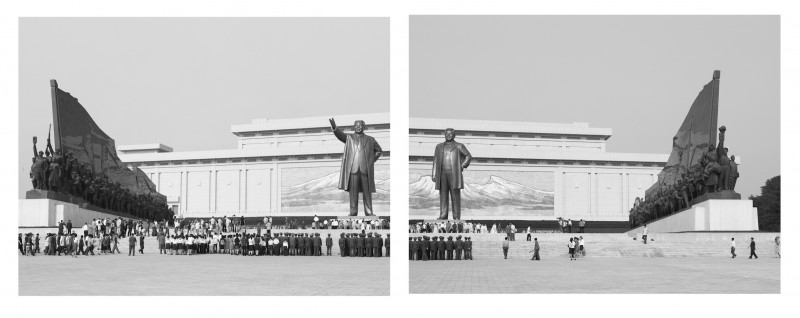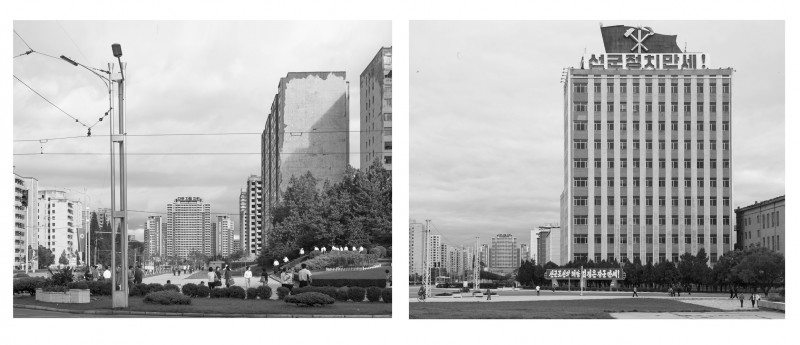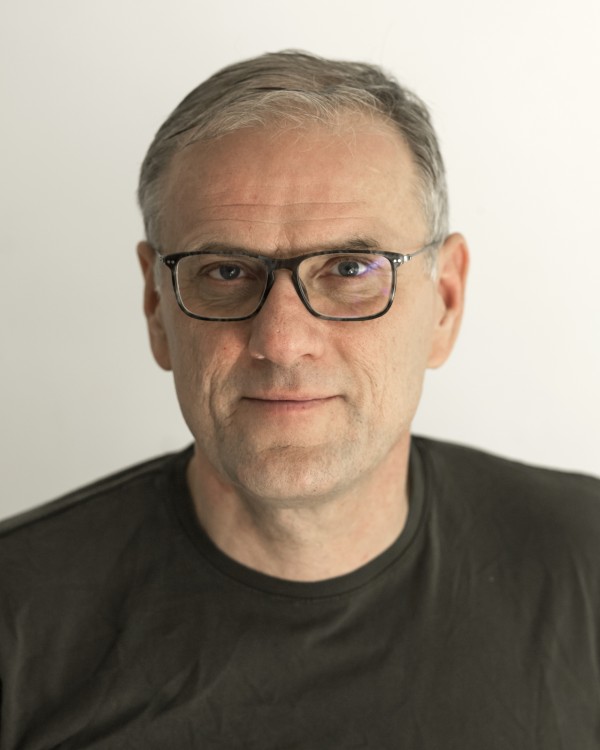Pyongyang
Pyongyang
Roman Bezjak
October 5, 2018
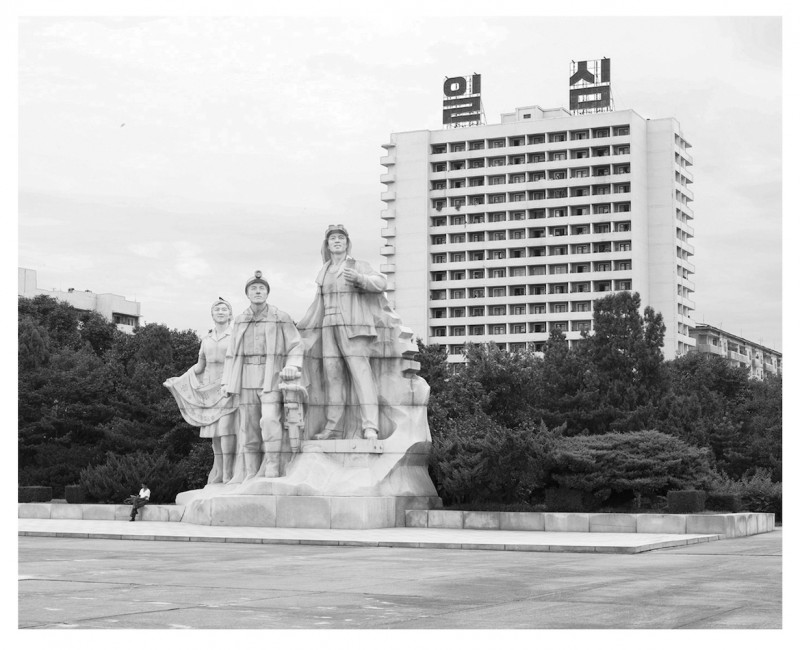
Professor Roman Bezjak has a weak spot for socialist, symbolism-laden forms of expression. He published a highly-regarded book about the architecture of the modern east titled Socialistic Modernism. Born in Yugoslavia and having spent much of his childhood with relatives in Slovenia, at a young age he had already developed an interest in urban, anti-imperialist Eastern Europe: cityscapes defined by brutal constructions; homogenous, concrete slab housing estates and political monuments. Ugly, yet somehow fascinating. In reference
to this, there is a quote by the philosopher Karl Rosenkranz that lingers at the back of Bezjak’s mind. It comes from Rosenkranz’s 1853 seminal work, Aesthetics of Ugliness: “Ugliness is not a simple lack of beauty, but rather its positive negation”.
Bezjak finds this applies very precisely to the iconography found in Pyongyang. “The Utopian potential that accompanies the developments, possesses something both attractive as well as repellent, not only in its aesthetic appearance, but also in the intended societal model.” Despite this – or maybe as a result of it – the city has become a real paradise for those interested in architecture. Because, even though it was not so long ago that the country had to struggle with hunger, the numerous, monumental constructions reveal that there was always enough money available for sprawling urban architecture.
Extract from the text that you can find in full length in the new issue of the LFI magazine.
Roman Bezjak+-
Born in 1962 in the former Yugoslavia, Bezjak studied photography at college in Dortmund between 1985 and 1989. Since 2000 he has been Professor of Photography at Bielefeld College. His book, Socialist Modernism, published in 2011, became internationally renown and his work has been shown in numerous solo and group exhibitions. More

